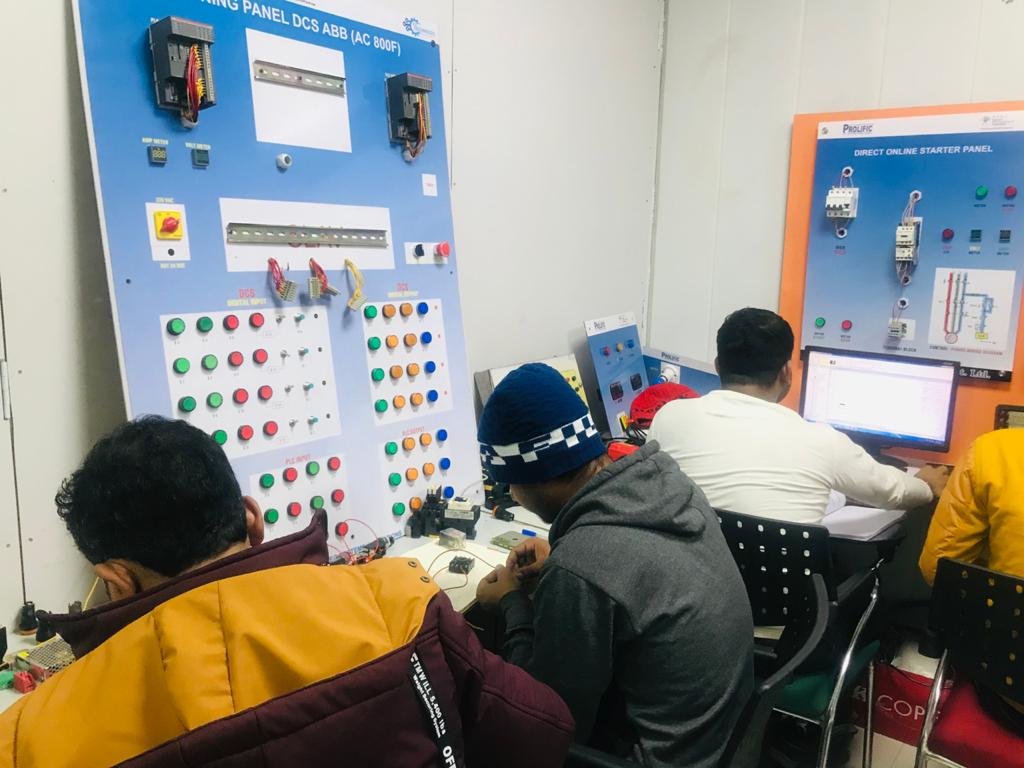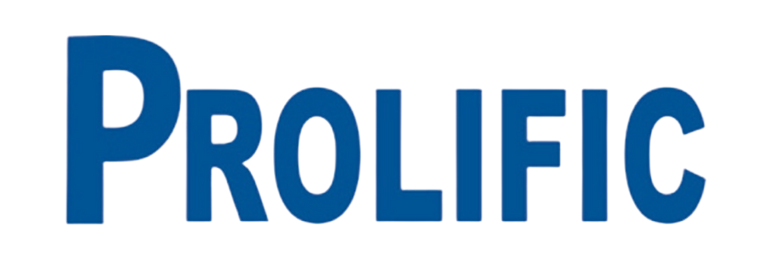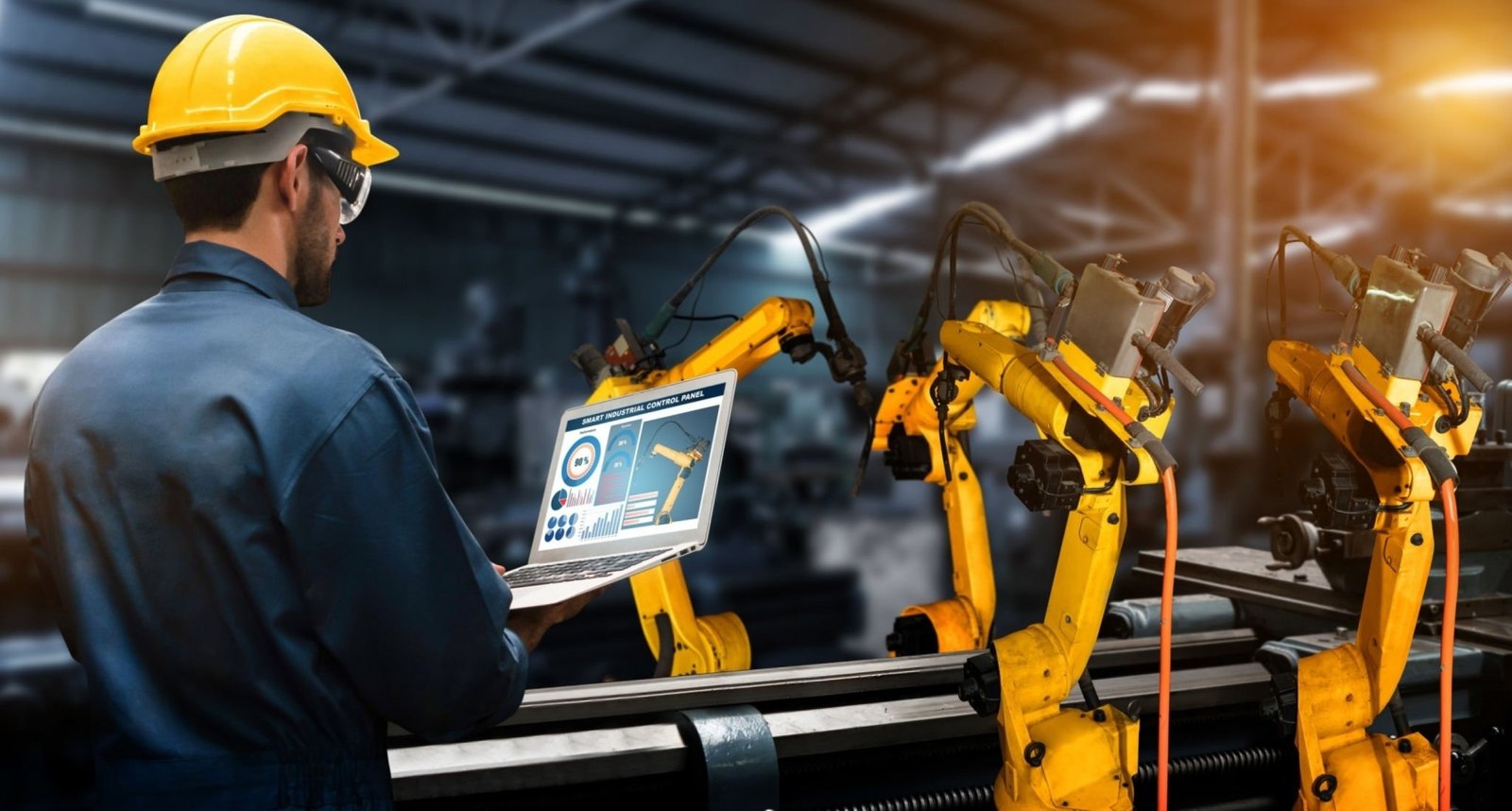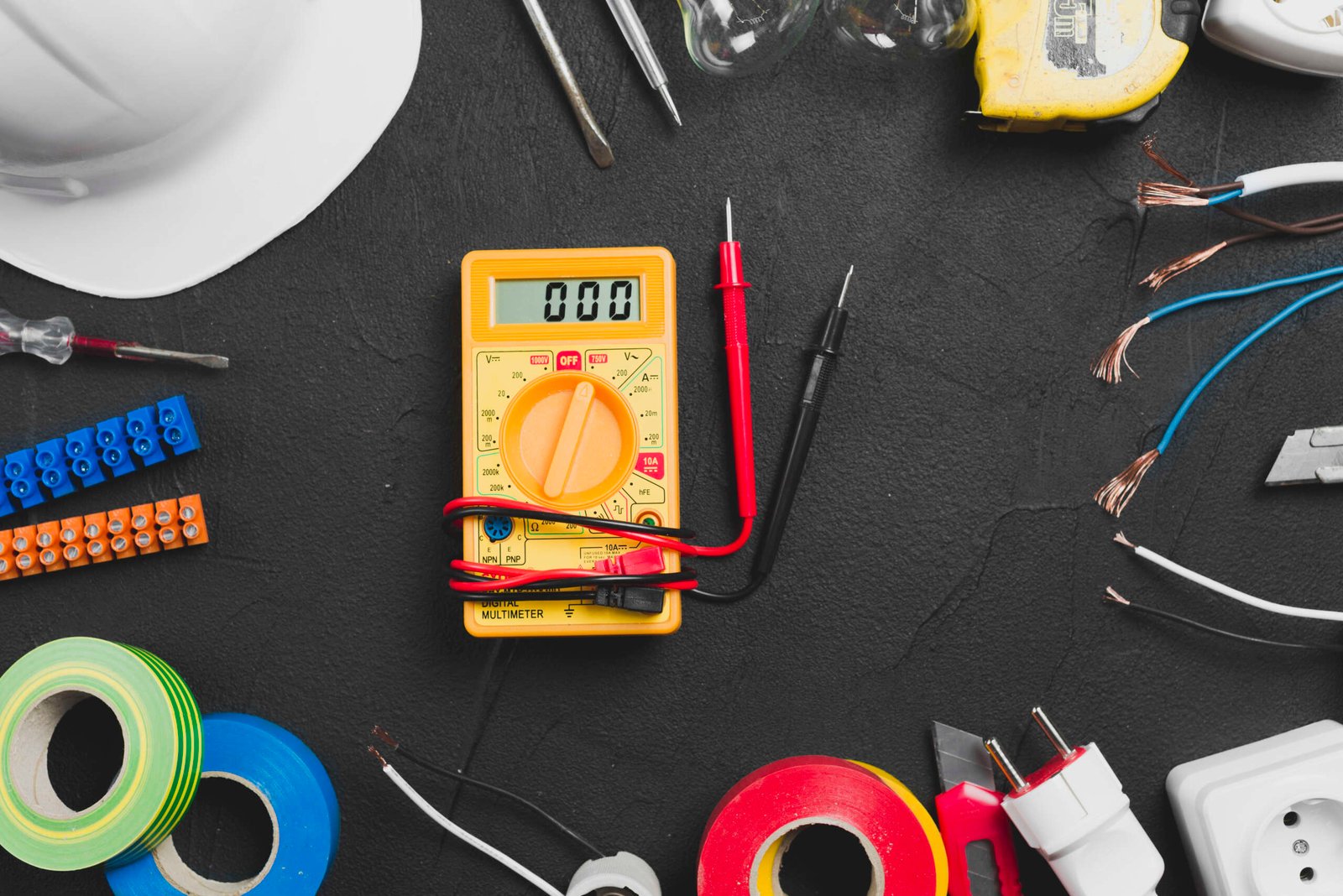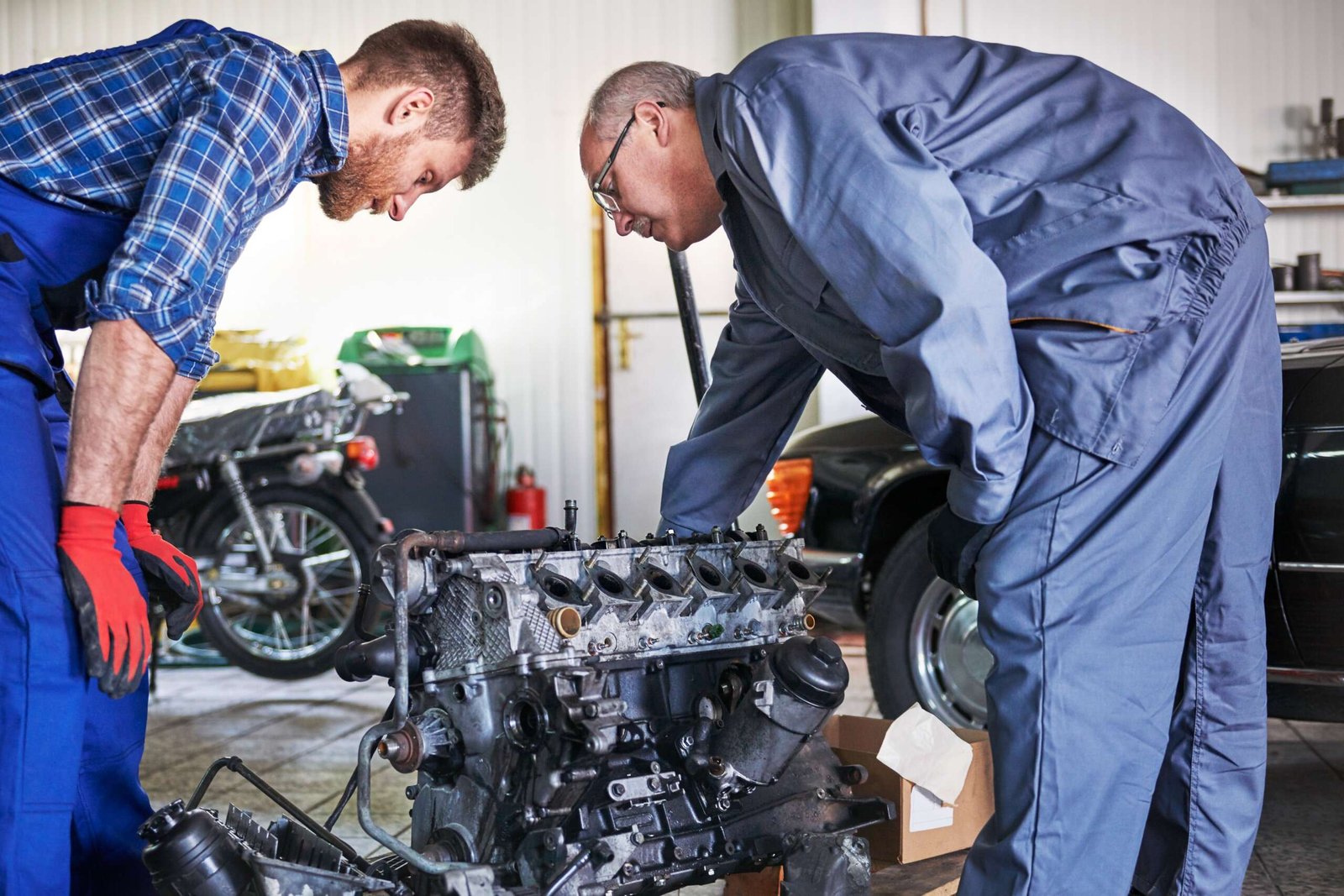Developing an Effective Safety Culture
- Home
- Our Courses
- Automation
- Electrical - 10th or 12th/ITI
- Developing an Effective Safety Culture
Safety is paramount in any industry, particularly in electrical engineering. Our “Developing an Effective Safety Culture” course emphasizes the significance of safety awareness and practices in the workplace. Learners will discover strategies to promote safety within their organizations, fostering a secure and productive work environment.

Created by
Prolific Automation
Categories
Electrical - 10th or 12th / ITI
Course Description
Our “Developing an Effective Safety Culture” course is expertly designed to give participants a comprehensive understanding of the crucial role that safety culture plays in the context of IT, automation, and designing sectors. Over the course, you’ll explore the underlying principles of a robust safety culture, learn how to identify gaps in your organization’s current safety practices, and develop strategies to foster a culture that prioritizes safety at all levels.
This course is ideal for professionals across various disciplines looking to enhance their organizational safety standards, reduce workplace hazards, and contribute to an environment that values the wellbeing of its members. Whether you’re an industry veteran or a newcomer, this course will equip you with the necessary skills to drive change and establish a safety culture within your professional sphere.
What you’ll learn
- Understand the fundamental concepts and significance of a safety culture in an organization.
- Learn how to assess your organization’s current safety culture and identify areas for improvement.
- Develop skills to design and implement effective safety policies and procedures.
- Understand the role of leadership in promoting and upholding a safety culture.
- Discover effective communication strategies to advocate for safety within your organization.
• Introduction to Electrical Hazards & Control
• Common cause of electrical accidents
• Electrical fires and prevention measures
• Earthing
• Lighting and Serge protection
• Selection of Electrical equipment for hazardous area
• Eliminate the hazard
• Isolation of the hazards
• Use administrative controls
• Use of personal protective equipment
• First aid, Identification, assessment and control
• Maintenance and inspection, Accident investigation
• Devising safety organization with well documented responsibilities
• Creating awareness of the safety organization amongst staff/employees
• Identification, assessment and control of all workplace hazards and risks
• Active involvement in safety & health matters with managers, supervisors and workers
• Providing information and training for people at all levels so they can effectively meet their responsibilities
• Designing and implementing company goals and objectives about safety & health
• Inclusion of safety & health responsibilities into job descriptions
• Assignment of responsibilities and accountabilities
• Communication of responsibilities to all stakeholders
• Formal communication of changes in responsibilities to staff
• Apex, Area and Departmental safety committees
• Frequency of meetings
• Accessing effectiveness of the control measures?
• Accessing effectiveness of the safety process?
